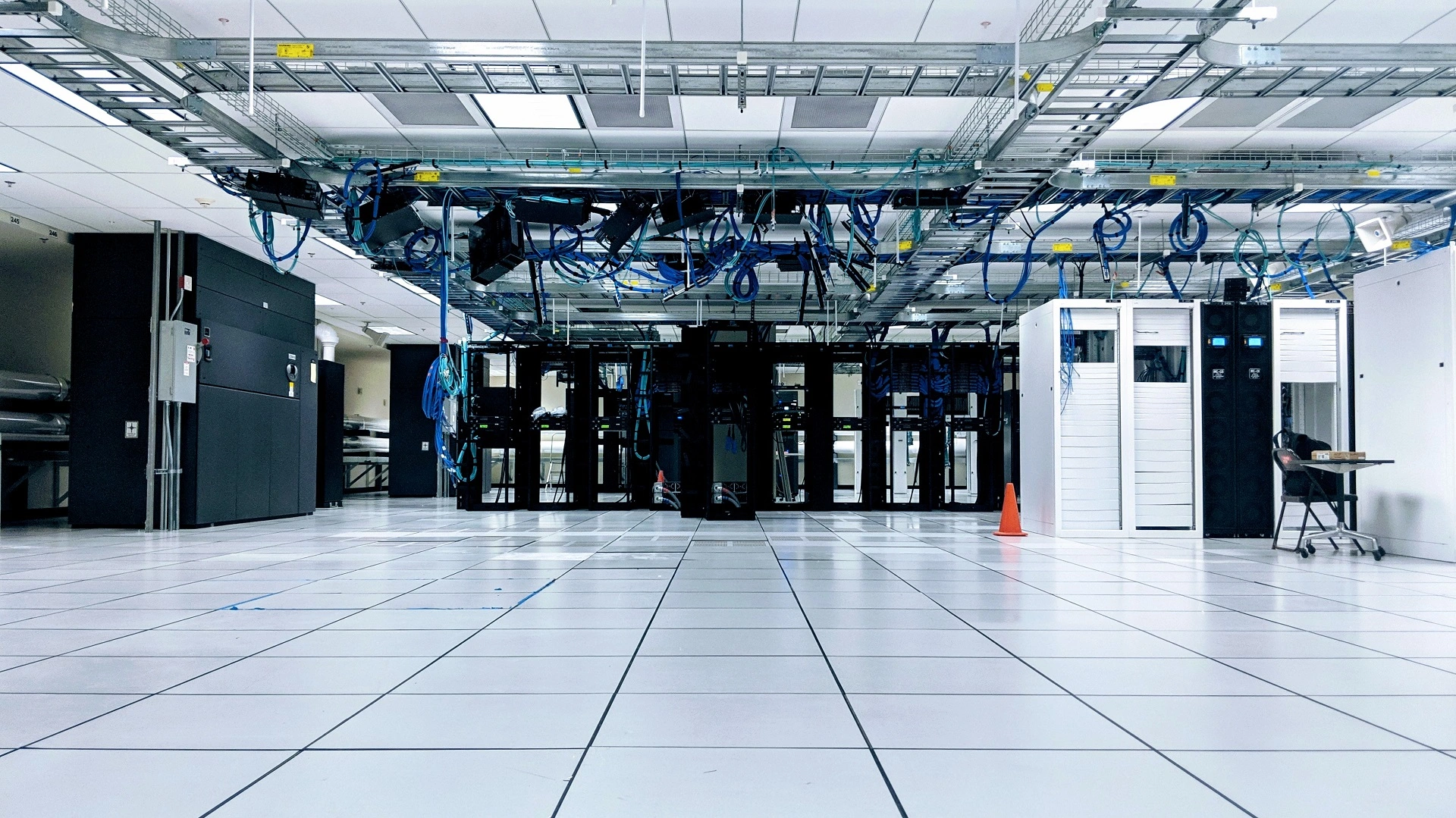What are the Difference Between IBM i and AS400
Exploring the Differences: IBM i vs. AS/400 - Hardware, Software, Development, Administration, Database, Integration, and Support
IBM i, formerly known as AS/400, is a robust operating system developed by IBM. Over time, AS/400 evolved into IBM i, with updated features and expanded capabilities. In this article, we will explore the differences between IBM i and its predecessor, AS/400, in terms of hardware, software, application development, system administration, database management, integration capabilities, and support and maintenance.
Explanation of IBM i and AS400
IBM i and AS/400 are closely related technologies, with IBM i being the successor to the AS/400 operating system. AS/400 was initially introduced by IBM in 1988 as a midrange computer system specifically designed for small to medium-sized businesses. In 2008, IBM rebranded the system as "IBM i" to reflect its enhanced capabilities and alignment with the broader IBM Power Systems platform.
The Differences between IBM i and AS400
| Aspect | AS/400 | IBM i |
|---|---|---|
| Name | AS/400 | IBM i |
| Hardware | Proprietary IBM processors | IBM Power Systems hardware |
| Operating System | Initial version of OS | Latest version with enhancements |
| Scalability | Limited scalability options | Greater scalability with partitions and virtualization |
| Security Features | Basic security measures | Enhanced encryption and authentication capabilities |
History of IBM i and AS400
To fully understand the differences between IBM i and AS/400, it's essential to delve into their historical context. AS/400 was introduced in 1988 as a revolutionary system, combining hardware, operating system, database, and application development capabilities into a cohesive platform. It quickly gained popularity among businesses due to its simplicity, reliability, and integrated nature.
Over time, AS/400 evolved, adopting technological advancements and incorporating customer feedback. In 2008, IBM rebranded the platform as "IBM i" to reflect its continuous development and expanded capabilities. The transition from AS/400 to IBM i marked a new era for the system, positioning it as a powerful and flexible solution for businesses.
Development of AS400 and its Transition to IBM i
AS/400 was developed as a response to the complex and fragmented IT environments prevalent in the 1980s. It aimed to provide a simplified and integrated solution, combining hardware and software components into a single, cohesive system. AS/400's architecture incorporated the concept of object-oriented programming, making it highly modular and adaptable.
As technology advanced, IBM continued to invest in the development of the platform. New features were introduced, including improved performance, expanded storage capacities, enhanced networking capabilities, and increased integration options. These developments helped AS/400 gain a loyal customer base and establish itself as a reliable and efficient midrange computing solution.
In 2008, IBM recognized the need to rebrand the platform to reflect its evolution and enhanced capabilities. Thus, AS/400 was renamed IBM i. This transition represented a shift from the perception of AS/400 as a standalone system to IBM i as part of the broader IBM Power Systems family.
Hardware and Software Differences
One significant difference between AS/400 and IBM i lies in the hardware on which they run. AS/400 was tightly integrated with IBM's proprietary processors and hardware systems. In contrast, IBM i is designed to run on IBM Power Systems servers, providing more flexibility and scalability options.
IBM Power Systems servers offer various models, such as Power8, Power9, and Power10, each with its own performance capabilities. IBM i can leverage the processing power, memory, and storage capacities of these servers, enabling businesses to choose the hardware configuration that best suits their needs.
Moreover, IBM i incorporates advanced software features and optimizations specific to Power Systems hardware, ensuring efficient utilization of system resources and maximizing performance.
Application Development and Maintenance
Both AS/400 and IBM i provide a robust platform for application development and maintenance. However, IBM i has evolved to offer modern development tools and methodologies, keeping up with industry trends and enabling developers to leverage the latest technologies.
IBM i supports multiple programming languages, including RPG (Report Program Generator), COBOL, Java, and C/C++, among others. It also provides a comprehensive set of development tools, such as Rational Developer for i (RDi) and IBM i Access Client Solutions (ACS), which streamline the development process and enhance productivity.
Additionally, IBM i offers features like Integrated Language Environment (ILE), which allows developers to mix and match different programming languages within a single application. This flexibility promotes code reusability and simplifies application maintenance.
Differences in system administration & Security features
IBM i places a strong emphasis on system administration and security. It offers robust administrative tools and features that enable efficient management of the system and its resources.
AS/400 had already established a reputation for its security capabilities, and IBM i has further enhanced these features. It provides built-in encryption, secure communication protocols, and user authentication mechanisms to safeguard sensitive data and protect against unauthorized access.
IBM i also offers features like object-level security, allowing administrators to define access controls at a granular level. This ensures that only authorized users can access specific resources or perform certain actions, enhancing overall system security.
Furthermore, IBM i incorporates auditing and monitoring capabilities that help track system activities, detect potential security breaches, and comply with regulatory requirements.
Differences in database management
AS/400 introduced the highly regarded DB2 database management system, which continues to be a key component of IBM i. However, IBM i has seen advancements in database management capabilities to support modern business requirements.
IBM i provides a reliable and scalable database platform that offers features such as journaling, which allows for transaction logging and point-in-time recovery. It also supports SQL (Structured Query Language) for efficient data retrieval and manipulation.
Moreover, IBM i includes integrated file systems, such as the Integrated File System (IFS), which enables seamless integration of traditional database files with stream files, documents, and other types of data. This integration facilitates the development of comprehensive applications that can leverage multiple data sources.
Comparison of DB2 on AS400 and IBM i
DB2 is the primary database management system used in both AS/400 and IBM i. However, IBM i incorporates updates and optimizations to enhance the performance and capabilities of DB2.
IBM i's DB2 includes features such as row-level access control, which allows for fine-grained control over data access at the individual row level. It also provides advanced indexing options, query optimization techniques, and support for modern SQL standards. These improvements ensure efficient data retrieval and manipulation, making IBM i an ideal platform for handling large and complex databases.
Additionally, IBM i offers seamless integration between DB2 and other IBM i components, such as the Integrated File System (IFS) and the Integrated Language Environment (ILE). This integration enables developers to leverage the power of DB2 in conjunction with other system resources, promoting data consistency and simplifying application development.
Differences in integration capabilities
IBM i provides robust integration capabilities, allowing businesses to connect their IBM i systems with external applications, databases, and services. This facilitates seamless data exchange and interoperability between different systems.
AS/400 offered integration options such as Data Queues, Remote Procedure Calls (RPC), and Distributed Data Management (DDM). These mechanisms allowed AS/400 to communicate with other systems, albeit with some limitations.
IBM i has expanded on these integration capabilities, introducing modern technologies like web services, XML, and RESTful APIs. These technologies enable seamless integration with a wide range of external systems, including cloud services, mobile applications, and web applications. The enhanced integration capabilities of IBM i facilitate the development of hybrid environments where IBM i seamlessly interacts with other platforms and technologies.
Support and Maintenance by Vofox for AS400 & IBM i
Vofox Solutions INC is a leading provider of support and maintenance services for both AS/400 and IBM i systems. We specialize in ensuring the smooth operation and optimal performance of these platforms for businesses of all sizes.
Vofox offers a comprehensive range of services, including system monitoring, performance tuning, security enhancements, backup and recovery solutions, and software updates. Our team of experienced professionals has in-depth knowledge of AS/400 and IBM i, enabling us to address any technical issues and provide proactive support to prevent potential problems.
With Vofox's support and maintenance services, businesses can focus on their core operations while entrusting the management of their AS/400 or IBM i systems to experts who ensure stability, security, and continuous availability.
Also Read: Top 5 Reasons to Modernize IBM i Systems
FAQs
1. Is it necessary to migrate from AS/400 to IBM i?
No, it is not mandatory to migrate but it is highly recommended to do so. IBM i is the modernized version of AS/400, and businesses can continue running their applications on AS/400 without immediate migration. However, migrating to IBM i offers access to new features, enhanced performance, and continued support from IBM, the last of which can be discontinued on AS400 soon.
2. Can applications developed for AS/400 run on IBM i?
Yes, applications developed for AS/400 can run on IBM i without modifications. IBM i maintains backward compatibility, ensuring that existing AS/400 applications continue to function seamlessly.
3. How scalable is IBM i?
IBM i offers excellent scalability options, allowing businesses to start small and expand their systems as needed. With support for multiple partitions and virtualization, IBM i can run multiple operating systems and applications on a single server, catering to the needs of growing organizations.
4. What security features does IBM i offer?
IBM i provides a wide range of security features, including built-in encryption, user authentication mechanisms, object-level security, auditing, and monitoring capabilities. These features help businesses protect their sensitive data and comply with regulatory requirements.
5. Can IBM i integrate with other systems and technologies?
Yes, IBM i offers robust integration capabilities. It supports modern technologies like web services, XML, and RESTful APIs, allowing seamless integration with external applications, databases, and services. This enables businesses to create hybrid environments and leverage the power of IBM i in conjunction with other platforms.



